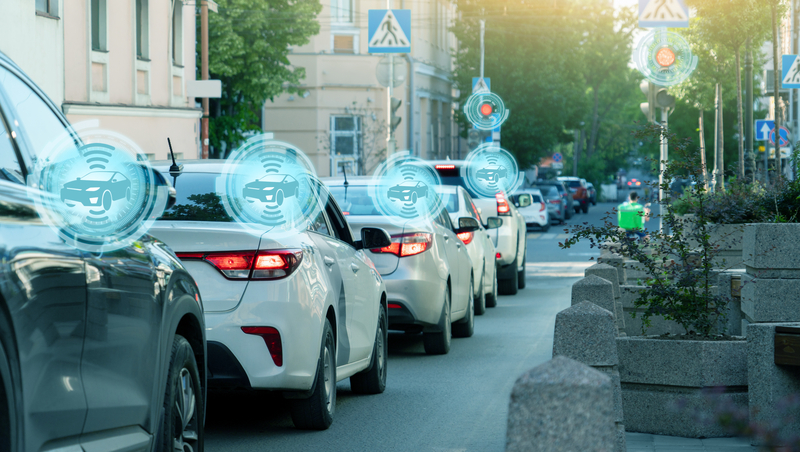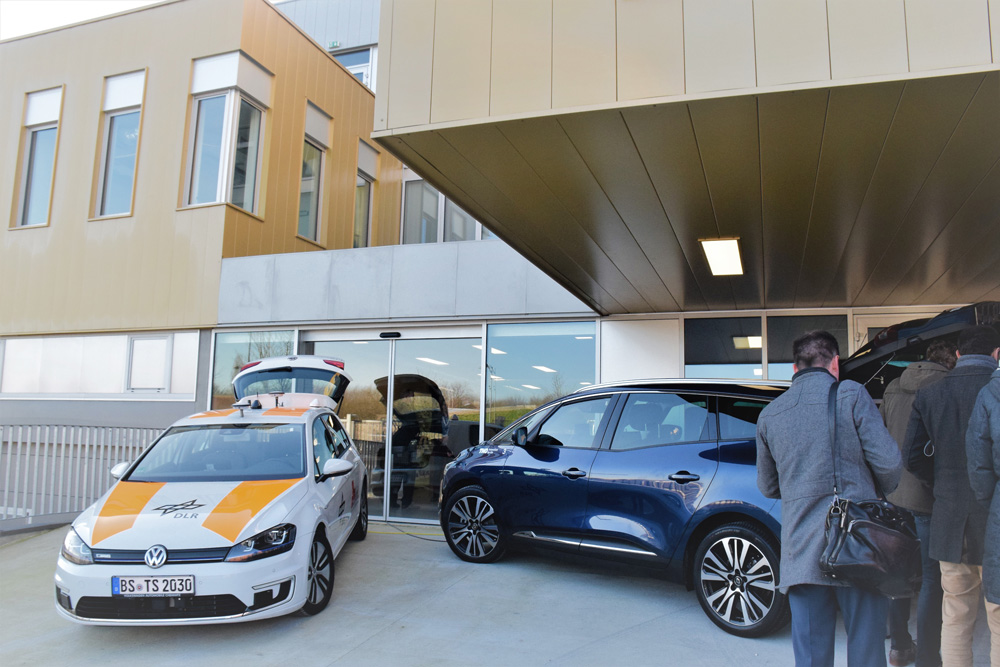Mapping and navigation specialist Here has been selected by Finnish traffic agencies Finnish Transport Agency (FTA) and Trafi, the Finnish Transport Safety Agency to lead a pilot project to enable vehicles to communicate safety hazards to others on the road.
Here will also work with traffic information management service company Infotripla in implementing the project, which will be the first to implement a road hazard warning messaging system as described in the Intelligent Transportation Systems (ITS)
Mapping and navigation specialist 7643 Here has been selected by Finnish traffic agencies Finnish Transport Agency (FTA) and Trafi, the Finnish Transport Safety Agency to lead a pilot project to enable vehicles to communicate safety hazards to others on the road.
Here will also work with traffic information management service company Infotripla in implementing the project, which will be the first to implement a road hazard warning messaging system as described in the Intelligent Transportation Systems (ITS) Directive set out by the EU. This pilot does not require the deployment of any additional roadside infrastructure, such as DSRC (dedicated short range communications) equipment, although Here is pursuing an agnostic approach with its technologies that will allow for connections with other infrastructure if required.
The project, which will start in 2016, aims s to assess the capability of current and emerging mobile network and location cloud technologies in supporting the timely communication of critical safety information, such as black ice or obstructions on the road, sudden traffic build-up or an accident.
To test the capability of the proposed technology architecture, drivers will voluntarily share notifications about safety hazards and changing road conditions initially via a smartphone. The aim is that this architecture would later also support low-latency communication, via a cloud, of data generated by a vehicle’s on-board sensors and the surrounding road infrastructure to other vehicles and smart devices on the road.
According to a recent forecast from automotive technology research firm SBD, by 2020 there will be some 33 million vehicles sold annually with built-in connectivity, generating more than 163 million terabytes of data each year via their on-board cameras and sensors. When shared across the road network using 4G/LTE and future 5G network technologies, these data could be utilised by vehicles to give them an awareness of road conditions beyond the reach of their sensors, and thus enable the driver or the vehicle itself to better plan driving manoeuvres. 5G technology raises the prospect of road hazard warnings being communicated via the cloud to relevant vehicles in a fraction of a second.
George Filley, who heads Here’s Digital Transportation Infrastructure program, said: “With this project, we will explore how technology within our reach today could make driving safer as cars get connected. There will be enormous amounts of data generated by a car’s on-board sensors that can be collected, analysed and shared with others on the road. An important piece of the puzzle is to figure out how to provide relevant, low-latency information to the right people at the right time, and that is a problem we believe we can solve.”
Alain Dunoyer, head of the Safe Car division of SBD, the automotive technology research firm, said: “The technology exists to identify road hazards with increasing levels of accuracy – it is great to see Finland partnering with a technology leader like Here to take the next step of ensuring this information reaches a broader population of drivers who will benefit from this life-saving information the most.”
The first phase of the pilot will focus on ensuring the technical maturity of the system. The second phase begins in the first half of 2016 on the E18 highway, the main road between Helsinki and Turku, as well as the Ring I and Ring III highways in the Greater Helsinki area, with initially up to 1,000 drivers expected to take part. The pilot phase is expected to complete by the end of 2017.
Here will also work with traffic information management service company Infotripla in implementing the project, which will be the first to implement a road hazard warning messaging system as described in the Intelligent Transportation Systems (ITS) Directive set out by the EU. This pilot does not require the deployment of any additional roadside infrastructure, such as DSRC (dedicated short range communications) equipment, although Here is pursuing an agnostic approach with its technologies that will allow for connections with other infrastructure if required.
The project, which will start in 2016, aims s to assess the capability of current and emerging mobile network and location cloud technologies in supporting the timely communication of critical safety information, such as black ice or obstructions on the road, sudden traffic build-up or an accident.
To test the capability of the proposed technology architecture, drivers will voluntarily share notifications about safety hazards and changing road conditions initially via a smartphone. The aim is that this architecture would later also support low-latency communication, via a cloud, of data generated by a vehicle’s on-board sensors and the surrounding road infrastructure to other vehicles and smart devices on the road.
According to a recent forecast from automotive technology research firm SBD, by 2020 there will be some 33 million vehicles sold annually with built-in connectivity, generating more than 163 million terabytes of data each year via their on-board cameras and sensors. When shared across the road network using 4G/LTE and future 5G network technologies, these data could be utilised by vehicles to give them an awareness of road conditions beyond the reach of their sensors, and thus enable the driver or the vehicle itself to better plan driving manoeuvres. 5G technology raises the prospect of road hazard warnings being communicated via the cloud to relevant vehicles in a fraction of a second.
George Filley, who heads Here’s Digital Transportation Infrastructure program, said: “With this project, we will explore how technology within our reach today could make driving safer as cars get connected. There will be enormous amounts of data generated by a car’s on-board sensors that can be collected, analysed and shared with others on the road. An important piece of the puzzle is to figure out how to provide relevant, low-latency information to the right people at the right time, and that is a problem we believe we can solve.”
Alain Dunoyer, head of the Safe Car division of SBD, the automotive technology research firm, said: “The technology exists to identify road hazards with increasing levels of accuracy – it is great to see Finland partnering with a technology leader like Here to take the next step of ensuring this information reaches a broader population of drivers who will benefit from this life-saving information the most.”
The first phase of the pilot will focus on ensuring the technical maturity of the system. The second phase begins in the first half of 2016 on the E18 highway, the main road between Helsinki and Turku, as well as the Ring I and Ring III highways in the Greater Helsinki area, with initially up to 1,000 drivers expected to take part. The pilot phase is expected to complete by the end of 2017.








